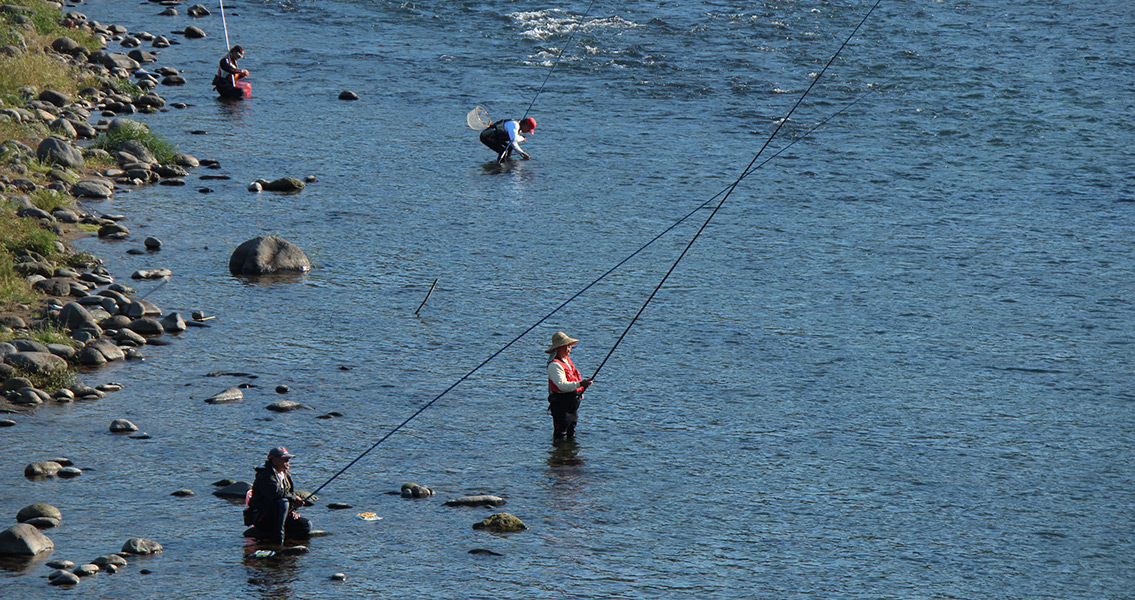<![CDATA[Researchers have discovered the oldest fish hooks in the world, 23,000-years-old, and it's led to the suggestion that early humans in the Asia-Pacific region developed maritime technology much earlier than previously thought. Fashioned from sea snail shells, the hooks were shaped in such a manner they could have been mistaken for earrings. The fish hooks were found on Okinawa Island in Japan, in the Sakitari Cave, and are older than fish hooks previously discovered in Timor by approximately 7,000 years, and 8,000 years older than fish hooks unearthed in Papua New Guinea. Okinawa is the largest of the Ryukyu (Nansei) and Okinawa Islands of Japan. With an area of just over 466.01 square miles (approximately 1,207 square kilometers), the island’s inhabitants are considered to be some of the world’s longest living people. When humans first appeared on Okinawa is still unknown. The earliest human remains that have been found there belonged to Yamashita Cave Man and have been dated to around 32,000 years ago; Pinza-Abu Cave Man, Miyakojima, from around 26,000 years ago; and Minatogawa man dating back to 18,000 years ago. Of the three, the most complete set of remains belong to Minatogawa man. It’s believed this early human likely migrated through China and this lineage was once thought to be the ancestors of people living on Okinawa today. No stone tools were found with any of the remains however, and there has been no hint of any archaeological sites from the 12,000 years following the Minatogawa man site. Because Okinawa was considered a resource poor island, it was previously believed early humans would have had a difficult time surviving there for an extended period. The fish hooks however, were discovered with other artifacts including tools and beads, along with charred frogs, eels and birds, which would have been eaten by our early ancestors. Additionally, fresh water crab residues were found, indicating these early humans also consumed seasonal food. The material evidence, when considered in total, indicates that it's possible humans have lived on the island for around 35,000 years. Study co-author Masaki Fujita, with the Okinawa Prefectural and Art Museum, explained that the development of human maritime technology was key in allowing humans to scatter around the world. Fujita told CNN that humans are thought to have originally crossed over to Australia approximately 50,000 years ago, but that any evidence of maritime adaptation by humans had only been reported between Australia to Wallacea, a collection of primarily Indonesian islands. “Our findings suggest that Paleolithic people had adapted their maritime technologies to live not only in Wallacea and Australia, but a much wider geographic zone,” Fujita told CNN. “We found fish and human bones that dated back some 30,000 to 35,000 years. We don’t know what kind of tools were used to catch these fish, but we’re hoping to find some even older fishing tools.” The study was recently published in the journal Proceedings of the National Academy of Sciences. An image of the hooks can be found here: here ]]>
23,000-Year-Old Fish Hooks Discovered on Okinawa
